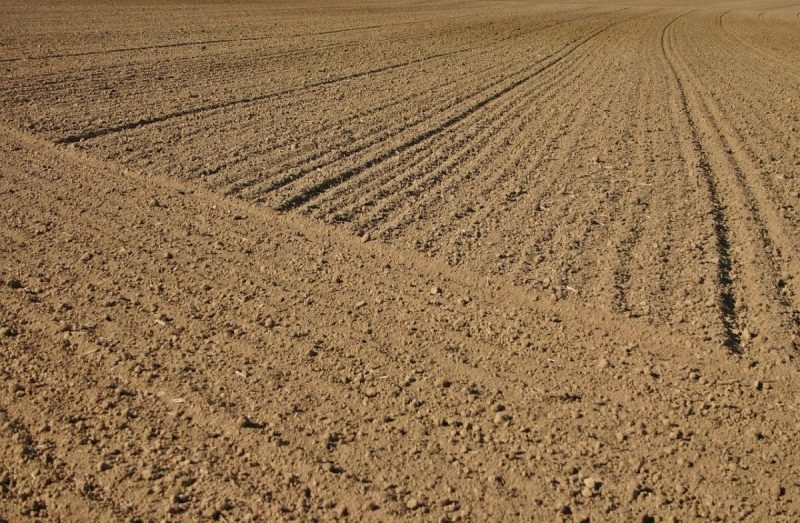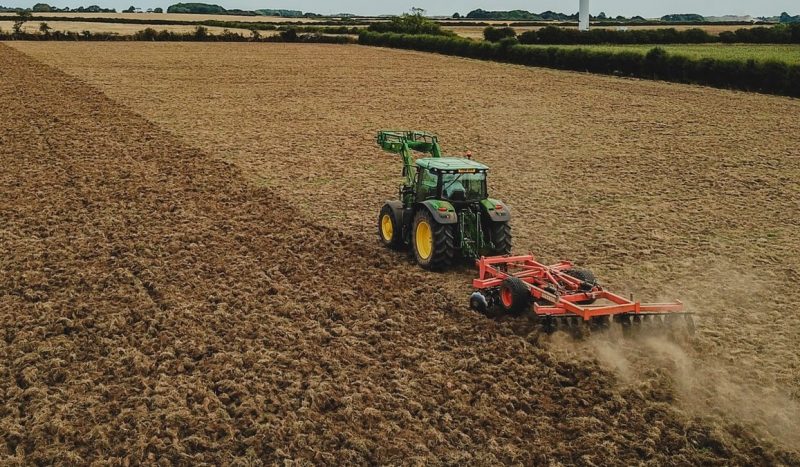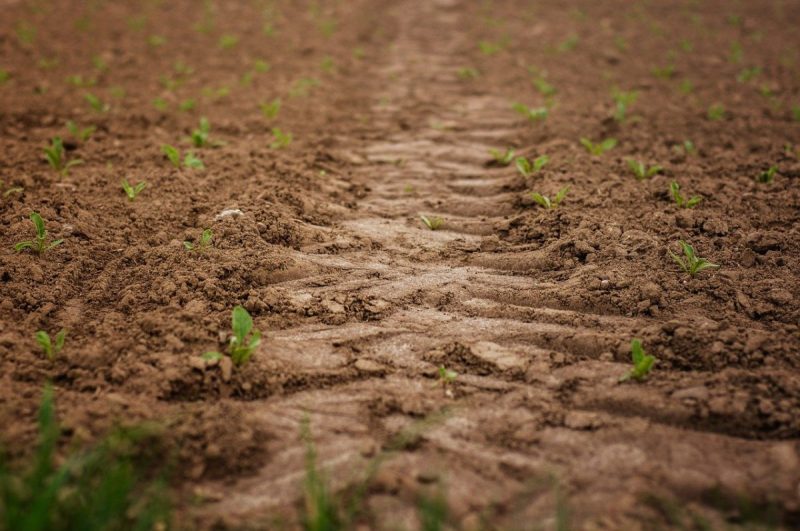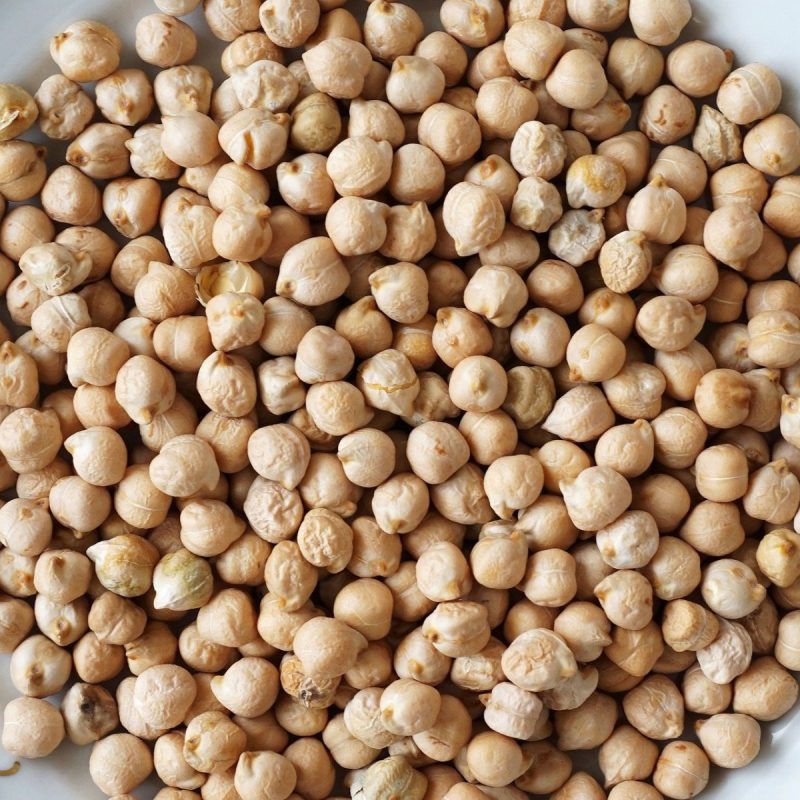Chickpea, information about crop management
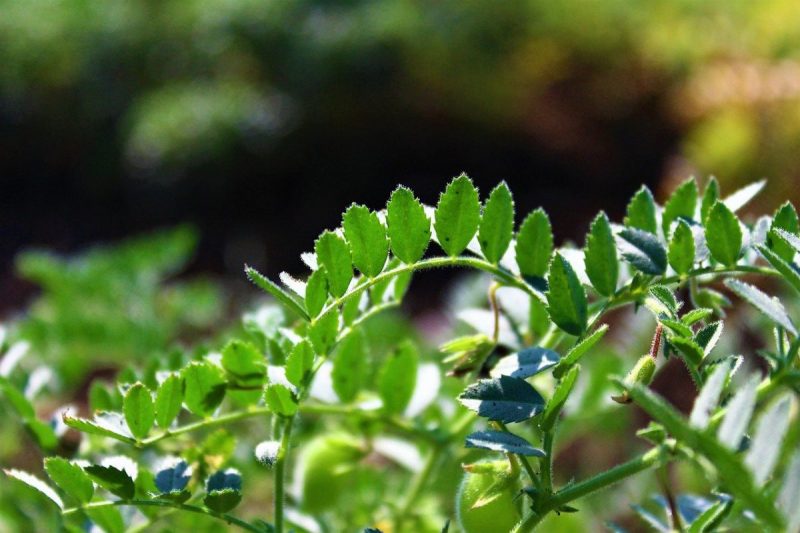
The chickpea is part of the tribe Vicieae, the genus Cicer, a genus that includes several spontaneous annual and perennial species. The species Cicer arietinum is cultivated, and it is divided into four subspecies: orientale, asiaticum, mediterraneum, and euroasiaticum. The subspecies euroasiaticum is particularly important, which includes several ecotypes, distinguished by the height and the shape of the bush and the color of the flowers. Chickpeas are used in food in different forms, respectively fried, as a substitute for coffee, etc. As animal feed, the grains (crushed) have more limited uses – for horses and pigs. The straws have a poor fodder value because they become lignified and the leaves fall. Due to the content of oxalic and malic acid, the green plant is not used in animal feed.
BOTANICAL CHARACTERISTICS
Chickpea is a plant with hypogeal germination, which has a type II root, with high absorption power. The stem is 30-60 cm tall, is slender, erect until maturity, and covered with hairs. The leaves are compound, have 7-17 toothed leaflets, and are covered with hairs secreting oxalic acid, and malic acid.
The flowers have different colors, are solitary, and have staggered flowering (2-3 weeks) from the base towards the top. The pods are short, oval, light yellow, covered with bristles, and contain 1-3 seeds of different shapes, colors, and sizes.
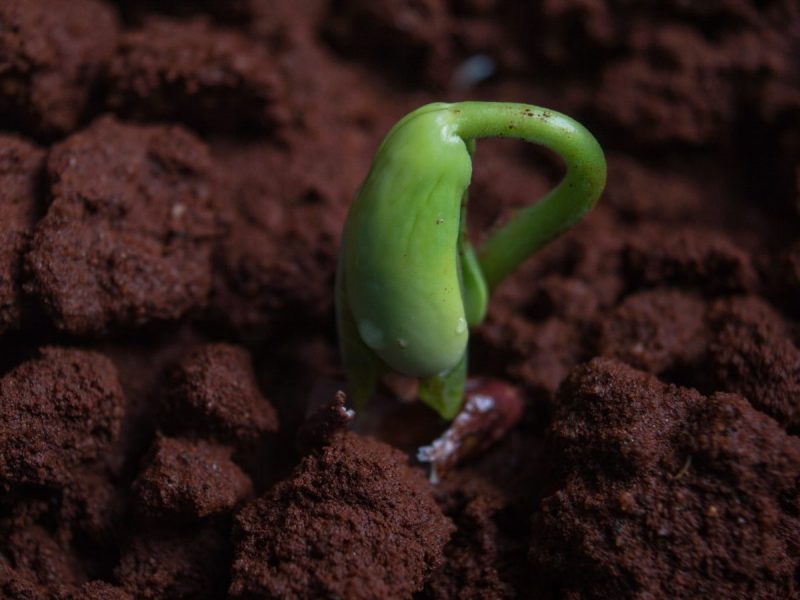
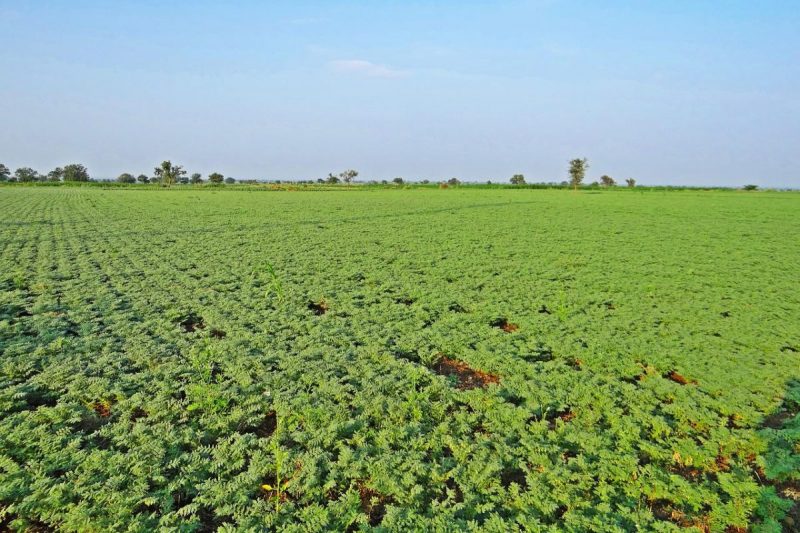
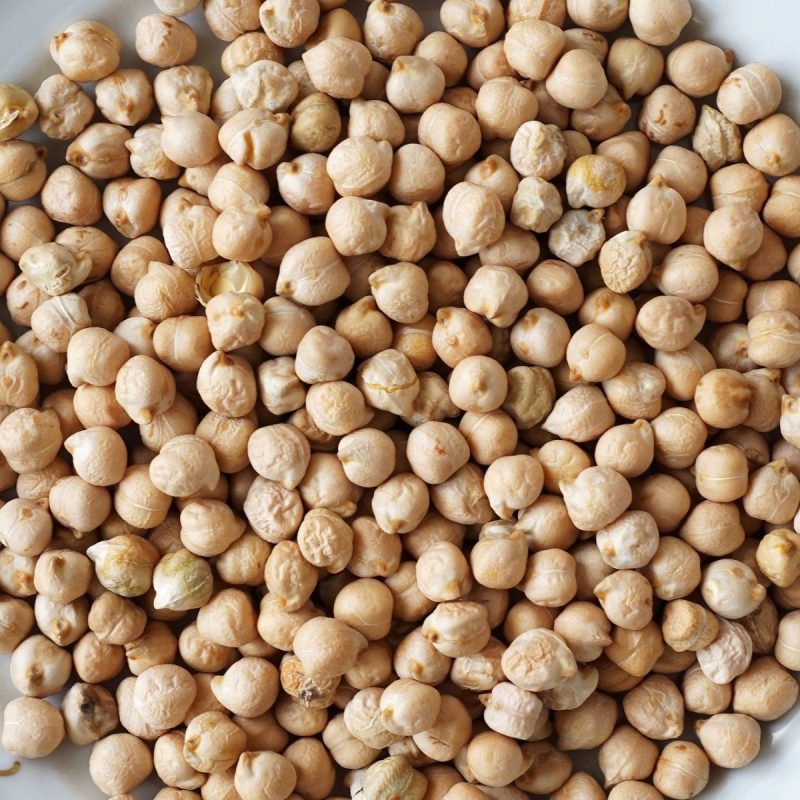
CLIMATE AND SOIL REQUIREMENTS
Temperature
Chickpea has quite high temperature requirements. Of all the leguminous crops it is the most drought tolerant. The minimum germination temperature is 3-4 °C, and at 6-8 °C it sprouts in less than 10 days. In the seedling stage, it withstands -6 °C, and in the growing season, it needs temperatures up to 20-21 °C.
Soil
It prefers soils with a medium texture, rich in calcium. It does not grow successfully on heavy, excessively wet, and poorly aerated soils, but it grows well in sandy and slightly salinized soils.
CULTIVATION TECHNOLOGY
Crop rotation
It can be cultivated after any plant, but it is not recommended to replant other legumes after it. Usually, chickpeas should be cultivated after sunflower or cereals. It is a good precursor for autumn wheat.
Fertilizing
You can apply specific fertilizers, and the doses are determined after soil agrochemical analysis.
Recommended products
-
You can find products on a different store
Change Store -
You can find products on a different store
Change Store -
You can find products on a different store
Change Store -
You can find products on a different store
Change Store -
You can find products on a different store
Change Store -
You can find products on a different store
Change Store -
You can find products on a different store
Change Store -
You can find products on a different store
Change Store -
You can find products on a different store
Change Store -
You can find products on a different store
Change Store -
You can find products on a different store
Change Store -
You can find products on a different store
Change Store -
You can find products on a different store
Change Store -
You can find products on a different store
Change Store -
You can find products on a different store
Change Store -
You can find products on a different store
Change Store -
You can find products on a different store
Change Store -
You can find products on a different store
Change Store -
You can find products on a different store
Change Store -
You can find products on a different store
Change Store -
You can find products on a different store
Change Store -
You can find products on a different store
Change Store -
You can find products on a different store
Change Store -
You can find products on a different store
Change Store
SOIL WORKS
It is carried out immediately after clearing the land. Weeding is carried out, depending on the pre-seeding plant, and is intended to remove weeds and plant debris.
Ploughing will be done as soon as possible, at a depth of 25-30 cm. In spring, the land should be tilled as early as possible, only after the water has drained away to avoid soil over-compaction. Soil tillage should be adapted according to the preplant.
Seeds and sowing
The seeds must be over 96% pure and the germination over 90%. Sowing is carried out when the soil is about 4 °C. Delaying sowing in the growing area can cause the soil to dry out, delay sprouting, and fruiting, which can lead to lower yields.
The sowing density is about 40 germinable grains/㎡. In wet areas, 50 grains/㎡ are recommended.
The sowing depth for chickpeas is 5-7 cm, depending on soil texture and moisture. The amount of seed used for sowing can be 80-120 kg/ha.
Recommended products
-
You can find products on a different store
Change Store -
You can find products on a different store
Change Store -
You can find products on a different store
Change Store -
You can find products on a different store
Change Store -
You can find products on a different store
Change Store -
You can find products on a different store
Change Store -
You can find products on a different store
Change Store -
You can find products on a different store
Change Store -
You can find products on a different store
Change Store -
You can find products on a different store
Change Store -
You can find products on a different store
Change Store -
You can find products on a different store
Change Store -
You can find products on a different store
Change Store -
You can find products on a different store
Change Store -
You can find products on a different store
Change Store -
You can find products on a different store
Change Store -
You can find products on a different store
Change Store -
You can find products on a different store
Change Store -
You can find products on a different store
Change Store -
You can find products on a different store
Change Store -
You can find products on a different store
Change Store -
You can find products on a different store
Change Store -
You can find products on a different store
Change Store -
You can find products on a different store
Change Store
CARE WORKS
After sowing, rolling is carried out, and before sprouting, it can be harrowed to destroy the crust and weeds. For weed control, it is recommended to apply specific herbicides.
Recommended products
-
You can find products on a different store
Change Store -
You can find products on a different store
Change Store -
You can find products on a different store
Change Store -
You can find products on a different store
Change Store -
You can find products on a different store
Change Store -
You can find products on a different store
Change Store -
You can find products on a different store
Change Store -
You can find products on a different store
Change Store -
You can find products on a different store
Change Store -
You can find products on a different store
Change Store -
You can find products on a different store
Change Store -
You can find products on a different store
Change Store -
You can find products on a different store
Change Store -
You can find products on a different store
Change Store -
You can find products on a different store
Change Store -
You can find products on a different store
Change Store -
You can find products on a different store
Change Store -
You can find products on a different store
Change Store -
You can find products on a different store
Change Store -
You can find products on a different store
Change Store -
You can find products on a different store
Change Store -
You can find products on a different store
Change Store -
You can find products on a different store
Change Store -
You can find products on a different store
Change Store
HARVESTING
Chickpea has a more uniform ripening compared to the other legumes (also favored by the temperature of the cultivation area), straight, upwards-oriented stems, and indehiscent pods. Therefore, mechanical harvesting is the most suitable method. The optimal period to harvest is when the pods are yellow and the leaves have fallen. It is done in two stages or it is harvested directly with the combine. If the harvest is delayed, the seeds boil much harder.















































































































































































































































































































































































































































